The most original, unmolested, Campmobile avail. Literally looks and drives new.
1973 Volkswagen Bus/Vanagon Westphalia Campmobile for sale in Mattituck, New York, United States
| Condition: | Used |
| Item location: | Mattituck, New York, United States |
| Make: | Volkswagen |
| Model: | Bus/Vanagon |
| SubModel: | Westphalia Campmobile |
| Type: | Popup Campmobile Van |
| Trim: | Westphalia Camper Package |
| Year: | 1973 |
| Mileage: | 84,530 |
| VIN: | 11304412000554 |
| Color: | Tan |
| Fuel: | Gasoline |
| Transmission: | 4 speed synchromesh |
| Drive type: | Rear engine, RWD |
| Interior color: | Mustard Yellow Vinyl |
| Options: | Sink, Stove, Icebox, Step, AM/FM, 110V, dual DC |
| Vehicle Title: | Clear |
| Want to buy? | Contact seller! |
Description for Volkswagen Bus/Vanagon 1973
1973 VW Campmobile Westphalia Pop-Up Camper - One long-term owner. The most original, inest example on offer.
This VW was delivered to its original owner by Concord Volkswagen of Concordville, A, n Jan 15, 973. Options were the Camper Package, ent windows, M/FM Radio, parcel shelf and undercoating, hich certainly contributed to the astounding original condition that the van remains in to this day. It has been meticulously maintained and cared for since, nd is simply is one of the best surviving examples of an original 1973 Westfalia Campmobile to be found. To honor the original owner, have left the removable dash plaque he created to commemorate his ownership in place.
This Westy is a virtual time capsule as a rust-free and accident-free original with 84,000 miles and documented maintenance records.. The vehicle comes complete with original order sheet, ill of sale, rotect-o-Plate, he original Owner's Manual, he Campmobile manual, W distributers and dealers in North and Central America, wner's maintenance and Repair Guide and an official Service Manual.
This Westy has its original interior featuring the 1973 mustard yellow vinyl cushions (a holdover from 1972), he original linoleum flooring, new set of tan curtains (with the original and hippie versions included) and perfect interior wood paneling. The driver's and passenger's seat are the original, orrect off white basket weave fabric with the original type "horsehair"padding. All the glass is original. The vehicle exterior has just been expertly repainted in the original light tan color. The interior paint is completely original. Even the original pop-top canvas in the correct yellow color complete with the fringe on top as new. All five wheels were painted with five new Continental tires
Everything works correctly on this van, ven the original AM/FM radio. The overhead and child front seat cots are stain free and are like new. The original owner added a reserve warning beeper (very cute sound) that warns people but also assures you that you're in reverse! He also added two DC outlets in addition to the 110V outlet that came from the factory so you can charge your phone and operate your GPS. He installed a Scat Short Throw Shifter that greatly improves the precision of your shifts. The other factory options (as shown on the original Bill of Sale) are the package tray and the aluminum vent windows with screens seen on either side of the truck. A custom rear screen is provided that lets you keep the rear gate area open and bug-free. With all these vents and screens open in both the van and the pop-up roof, ou'll sleep soundly in fresh air with cross-ventilation..
This vehicle has been meticulously maintained both mechanically and cosmetically with amazing attention to original detail. It is un-molested and un-customized, aving the original dual Solex carburetors that start right up and run great. It drives, teers, tops and looks as good as it did in 1973. The 1.7 liter engine is the same that was used the Porsche 912E and the Porsche 914 series. This larger, ual carb engine provides the power the Van needs to become a pleasure vs. a chore to drive. But what makes this example so extraordinary is that it is more like a new vehicle than a rapidly appreciating collector car. The only work I have done to this Westy was to wash and wax it, aking great care not to detract from its original nature.
I am a collector, ut not an expert in Westies (so please don't flood me with embarrassing comments.) However, do know a great car when I see one, nd I enjoy excellent originals even more than restored cars, here the quality of a restoration often hides extensive repairs under clearcoat and wax. VWs were very rust prone, o most have had serious rust repair. I would prefer an excellent, nrestored, riginal sheet metal vehicle over a repaired rusty specimen, o matter how well the work was done. That's just me, ut apparently the market seems to be bearing me up.
Here's a Little Wiki History for those with an historical interest: TheVolkswagen Type 2, nown officially (depending on body type) as the Transporter, ombi or Microbus, r, nformally, s theBus(US) orCamper(UK), s acabover panel vanintroduced in 1950 by Volkswagen as its second car model. Following — and initially deriving from Volkswagen's first model, heType 1 (Beetle)— it was given the factory designation Type 2.
As one of the forerunners of the modern cargo and passenger vans, he Type 2 gave rise to forward controlcompetitors in the United States in the 1960s, ncluding the Ford Econoline, he Dodge A10, nd theChevrolet Corvair 95 Corvan, he latter adopting the Type 2's rear-engine configuration.
Like the Beetle, he van has received numerous nicknames worldwide, ncluding the "microbus", minibus",and, ecause of its popularity during thecounterculture movement of the 1960's counterculture movement of the 1960's, Hippie" van".
In late 1967, he second generation of the Volkswagen Type 2 (T2) was introduced. It was built in Germany until 1979. In Mexico, he Volkswagen Kombi and Panel were produced from 1970 to 1994. Models before 1971 are often called theT2a(or "Early Bay"), hile models after 1972 are called theT2b(or "Late Bay").
This second-generation Type 2 used a single glass for the windshield, nd was slightly larger than its predecessor. Its common nicknames are BreadloafandBay-window, rLoafandBayfor short.At 1.6L and 35kW (48PS; 47bhp) DIN, he engine was also slightly larger. The new model also did away with the swing axlerear suspension and transfer boxes previously used to raise ride height. Instead, alf-shaftaxles fitted with constant velocity jointsraised ride height without the wild changes in camber of the Beetle-based swing axle suspension. The updated Bus transaxle is usually sought after by off-road racers using air-cooled Volkswagen components.
The T2b was introduced by way of gradual change over three years. The first models featured rounded bumpers incorporating a step for use when the door was open (replaced by indented bumpers without steps on later models), ront doors that opened to 90° from the body, o lip on the front guards, nique engine hatches, nd crescent air intakes in the D-pillars. The 1971 Type 2 featured a new, .6L engine with dual intake ports on each cylinder head and was DIN-rated at 50bhp. An important change came with the introduction of front disc brakes and new road wheels with brake ventilation holes and flatter hubcaps.
Up until 1972, ront indicators are set low on the nose rather than high on either side of the fresh air grille — giving rise to their being nicknamed "Low Lights". 1972's most prominent change was a bigger engine compartment to fit the larger 1.7- to 2.0-litre engines from the Volkswagen Type 4, nd a redesigned rear end which eliminated the removable rear apron and introduced the larger late tail lights. The air inlets were also enlarged to accommodate the increased cooling air needs of the larger engines.
In 1971 the 1600cc Type 1 engineas used in the Beetle, as supplemented with the 1700cc Type 3. In the Type 2, heType 4 enginewas an option for the 1972 model year onward. This engine was standard in models destined for the US and Canada. Both engines displaced 1.7L, IN-rated at 49kW (67PS; 66bhp) with themanual transmission. As with all Transporter engines, he focus in development was not on power, ut on low-end tor. The Type 4 engines were considerably more robust and durable than the Type 1 engines, articularly in Transporter service.
In 1972, or the 1973 model year, xterior revisions included relocated front turn indicators, quared off and set higher in the valance, bove the headlights. Also, quare-profiled bumpers, hich became standard until the end of the T2 in 1979, ere introduced in 1973. Crash safety improved with this change because of a compressible structure behind the front bumper. This meant that the T2b was capable of meeting US safety standards for passenger cars of the time, hough not required of vans. The "VW" emblem on the front valance became slightly smaller. Later model changes were primarily mechanical.
For more information or interesting exchanges, lease call Michael at 631 553 5300.


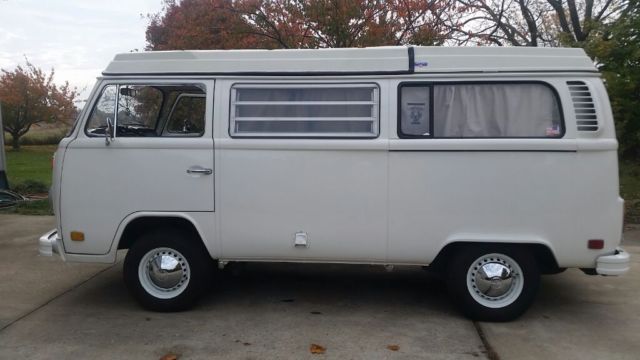
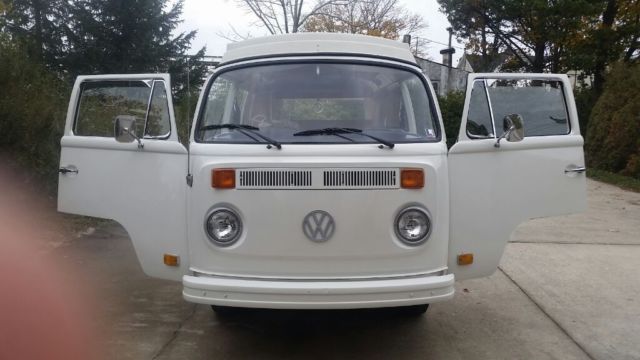
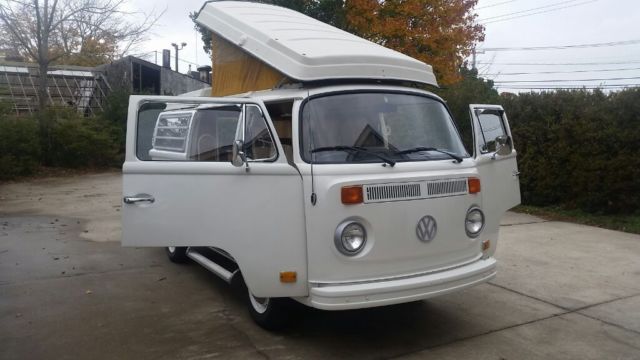

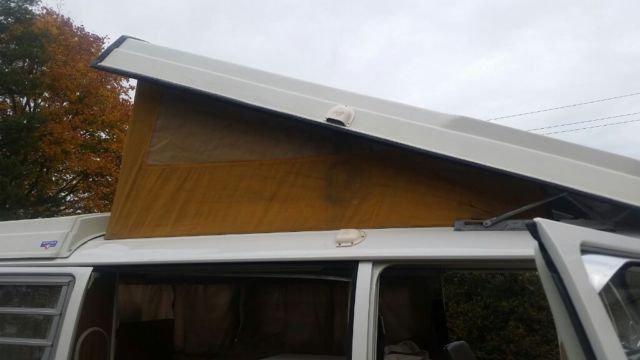
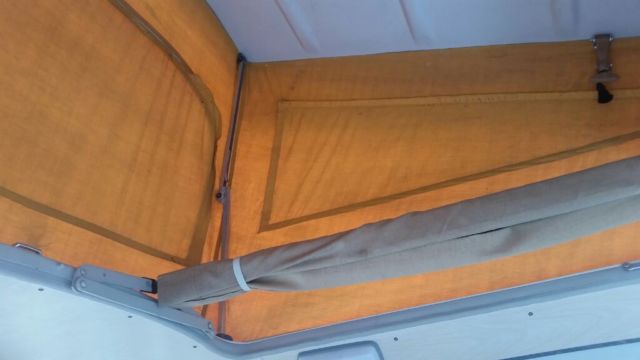
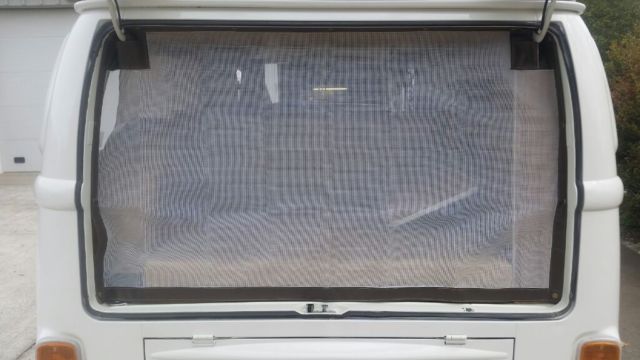

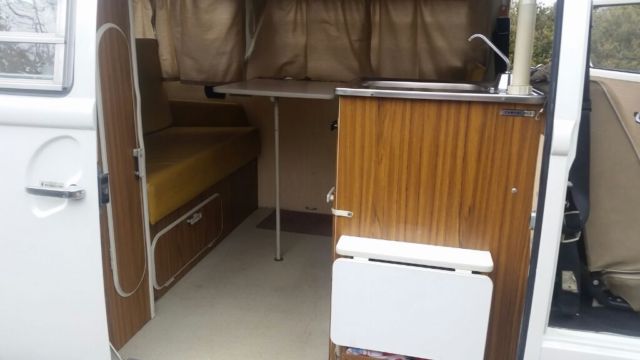
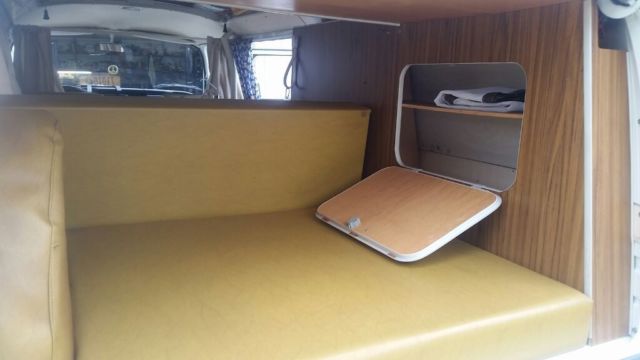
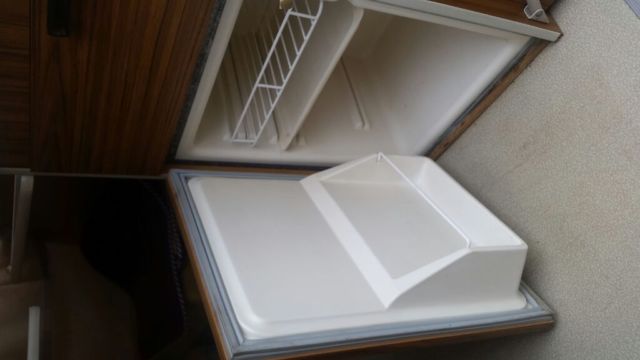
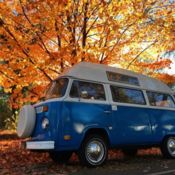 1973 VW Bus Type II (Campmobile) All Original
1973 VW Bus Type II (Campmobile) All Original
 Volkswagen Bus Westfalia Campmobile Complete Original
Volkswagen Bus Westfalia Campmobile Complete Original
 1967 Volkswagen Bus Type 2 Campmobile Westfalia SO42 20k Original Miles Survivor
1967 Volkswagen Bus Type 2 Campmobile Westfalia SO42 20k Original Miles Survivor
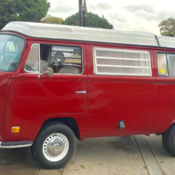 1971 VOLKSWAGEN BUS CAMPMOBILE - REBUILT ENGINE/TRANS - NICE ORIGINAL CONDITION
1971 VOLKSWAGEN BUS CAMPMOBILE - REBUILT ENGINE/TRANS - NICE ORIGINAL CONDITION
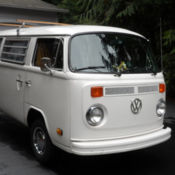 1975 Volkswagen VW Westfalia Campmobile Bus w/rare blue plaid original interior
1975 Volkswagen VW Westfalia Campmobile Bus w/rare blue plaid original interior
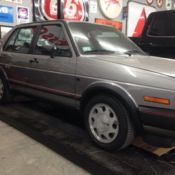 UNMOLESTED ORIGINAL GLI
UNMOLESTED ORIGINAL GLI
 1970 VW Beetle, Unmolested original
1970 VW Beetle, Unmolested original
 REDUCED updated '77 VW Bus/Vanagon Westfalia, Smogged, roof racks avail
REDUCED updated '77 VW Bus/Vanagon Westfalia, Smogged, roof racks avail
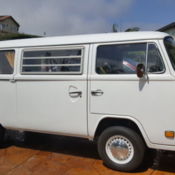 Beautiful updated '77 VW Bus/Vanagon Westfalia, Smogged, roof racks avail
Beautiful updated '77 VW Bus/Vanagon Westfalia, Smogged, roof racks avail